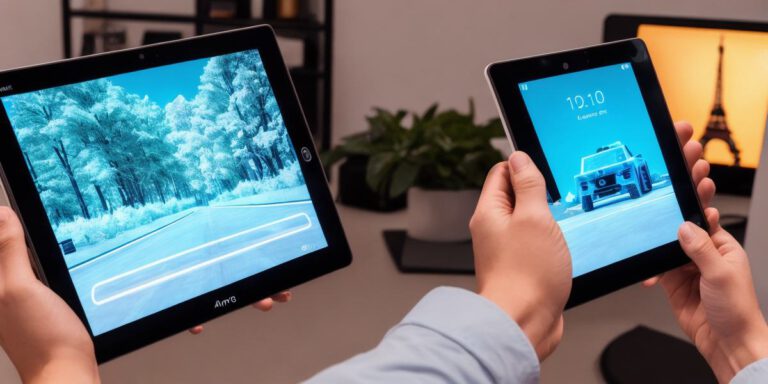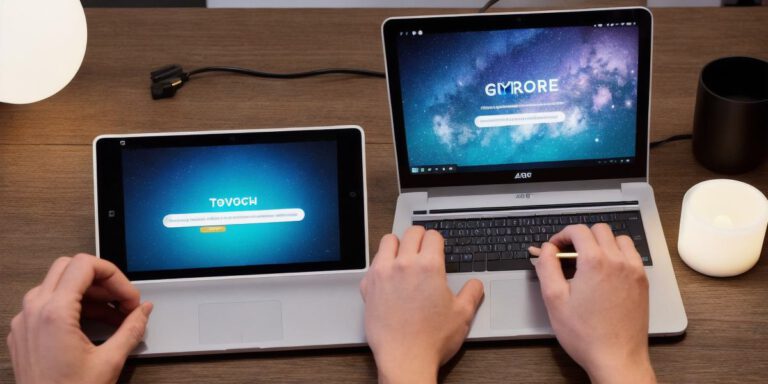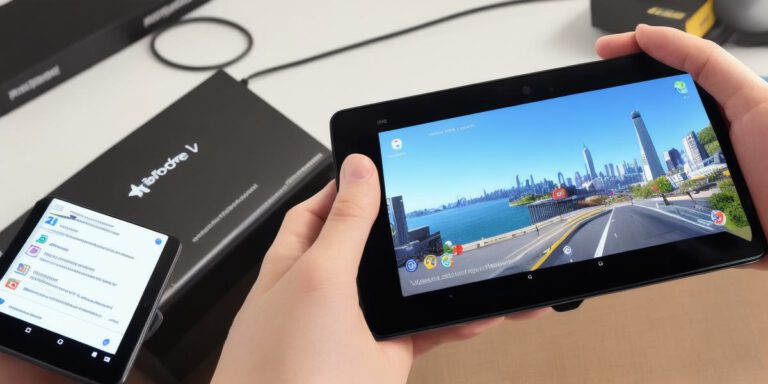Understanding ARCore Minimum Version: Compatibility and Features

As a developer, you might have heard about the latest buzzword in town – Augmented Reality (AR). With the increasing popularity of AR technology, it’s no surprise that developers are looking for ways to incorporate this innovative technology into their projects. One such platform is Google’s ARCore, which provides an easy-to-use SDK for creating immersive AR experiences on Android devices.
But before you start diving into the world of AR development with ARCore, it’s important to understand what minimum version of Android you need to get started. In this article, we will explore everything you need to know about ARCore compatibility and features to ensure your project is a success.
Minimum Version of Android for ARCore
ARCore requires a minimum version of Android 7.1 Nougat to run on smartphones and tablets. This means that if your target audience is using an older version of Android, you may need to consider alternative platforms or find ways to make your app compatible with older devices.
That being said, Google is constantly updating ARCore to support newer versions of Android, so it’s always a good idea to check the latest requirements before starting your project.
ARCore Compatibility
In addition to the minimum version of Android required for ARCore, there are several other factors that can affect compatibility. These include:
- Device Type: ARCore is designed to work on a variety of devices, including smartphones, tablets, and laptops. However, some devices may have limited processing power or graphics capabilities, which can impact the performance of your app. It’s important to test your app on a range of devices to ensure compatibility.
- Screen Size: Larger screens can provide a better user experience when it comes to AR development. That being said, smaller screens can still be effective if you design your app with the right features and optimizations in mind.
- Device Orientation: ARCore uses device sensors to track the orientation of the device and create an immersive environment. It’s important to test your app on a range of orientations to ensure it works properly.
- Lighting: AR experiences can be sensitive to lighting conditions, so it’s important to test your app in different environments to ensure it works well under varying levels of light.
ARCore Features
Now that we’ve discussed compatibility let’s take a look at some of the key features of ARCore.
- Tracking: ARCore uses device sensors to track the orientation and position of the device, allowing you to create immersive experiences that interact with the real world.
- Motion Capture: ARCore supports motion capture, which allows you to track the movement of objects in the real world and use that data to drive your app’s behavior.
- Texture Compression: ARCore includes texture compression, which helps reduce the amount of data that needs to be transferred between the device and the server, improving performance.
- Real-Time Rendering: ARCore supports real-time rendering, which allows you to create dynamic, interactive experiences in real-time.
- Social Sharing: ARCore includes social sharing features, which allow users to share their experiences with others on social media platforms.

ARCore vs ARKit
When it comes to AR development, there are two main players – ARCore and ARKit. While both platforms have similar capabilities, there are some key differences to consider.
- Compatibility: ARCore is available on Android devices, while ARKit is exclusive to iOS devices. This means that if your target audience is using Android devices, ARCore may be the better option.
- Development Experience: ARKit has a steeper learning curve than ARCore, which may make it more difficult for beginners to get started. However, ARKit has a larger community of developers and more resources available for support.
- Performance: ARKit is generally considered to be faster than ARCore, especially on iOS devices with powerful processors.
Summary
In conclusion, understanding the minimum version of Android for ARCore is essential for any developer looking to create immersive AR experiences








